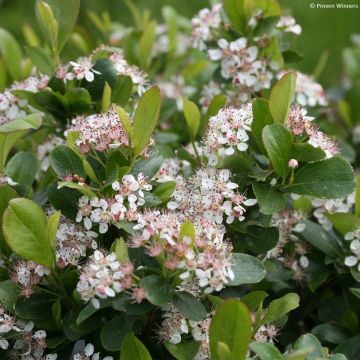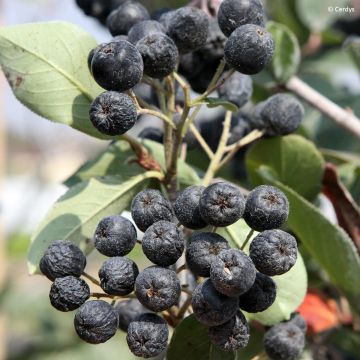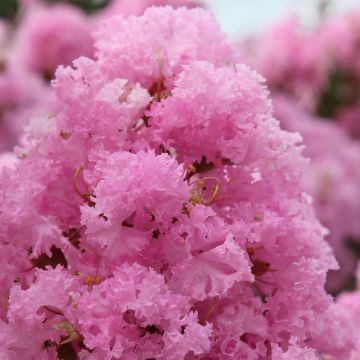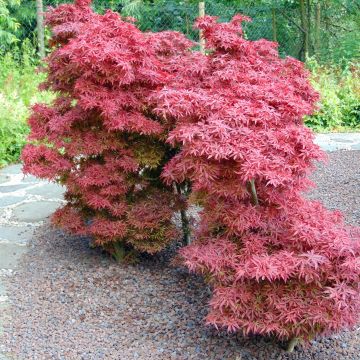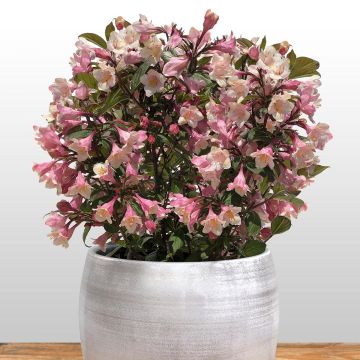

Aronia melanocarpa Hugin
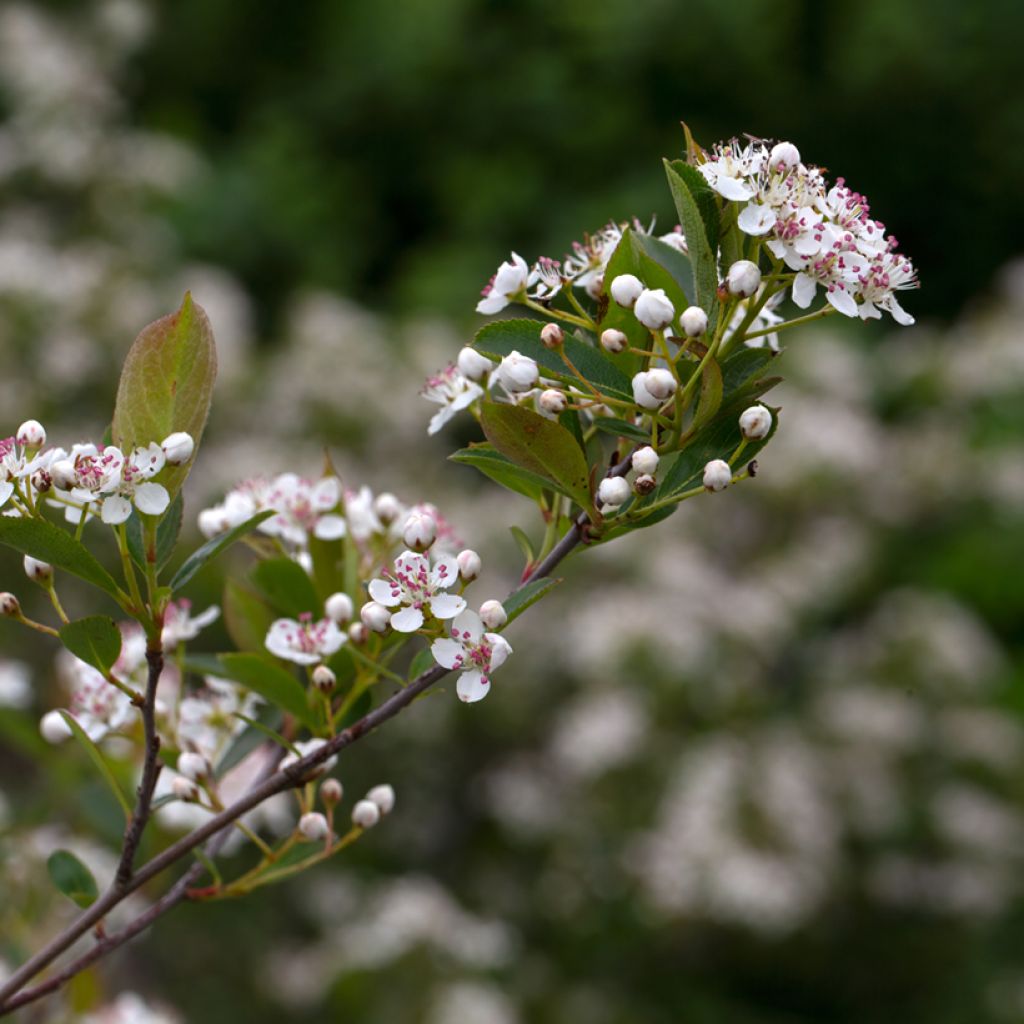

Aronia melanocarpa Hugin


Aronia melanocarpa Hugin


Aronia melanocarpa Hugin
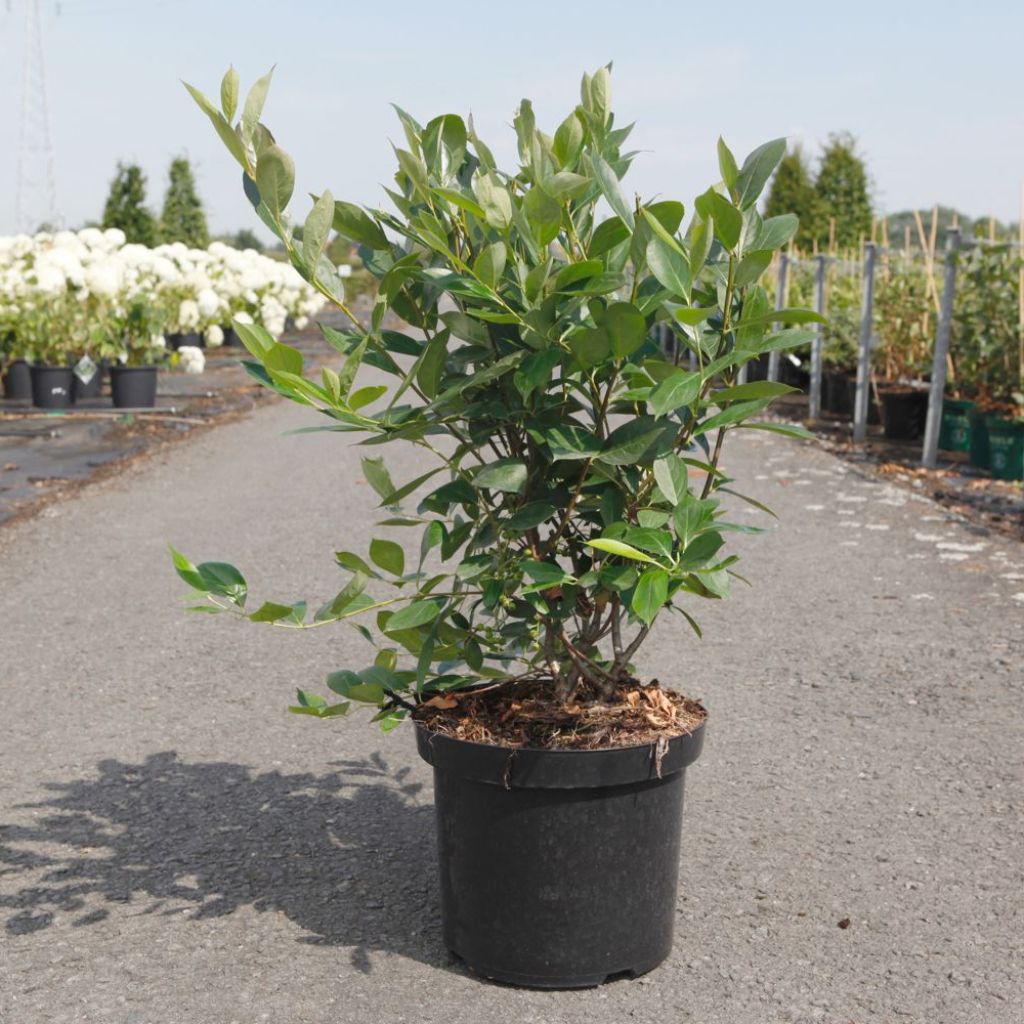

Aronia melanocarpa Hugin
Aronia melanocarpa Hugin
Aronia melanocarpa Hugin
Black Chokeberry, Black Berried Aronia
This item cannot be shipped to the selected country
Delivery charge from €5.90
Delivery charge from €5.90
More information
Schedule delivery date,
and select date in basket
This plant carries a 24 months recovery warranty
More information
We guarantee the quality of our plants for a full growing cycle, and will replace at our expense any plant that fails to recover under normal climatic and planting conditions.
From €5.90 for pickup delivery and €6.90 for home delivery
Express home delivery from €8.90.
From €5.90 for pickup delivery and €6.90 for home delivery
Express home delivery from €8.90.
Does this plant fit my garden?
Set up your Plantfit profile →
Description
Aronia melanocarpa 'Hugin', also known as the black chokeberry, is a recent Swedish variety that stands out for its very compact growth, suitable for small gardens and easily grown in pots. It forms a bush about 1 m (3.3 ft) in all directions that produces clusters of simple white flowers in May followed by dark purple berries, which are edible and highly appreciated by birds. Highly nutritious and rich in vitamin C, the berries also have digestive and antioxidant properties. Its large, smooth, oval foliage is ornamental in autumn when it turns red, yellow, and purple before falling to the ground. It is a very hardy species that can adapt to colder mountain climates or wetter environments. Provide it with a shady location and moist but well-drained, humus-rich, and non-calcareous soil for more intense foliage colouration and abundant fruiting. It is an ornamental, fruit-bearing, and ecological species that complements hedges perfectly.
Originating from swamps and wet clearings in Canada and the northeastern United States, Aronia melanocarpa is a member of the vast Rosaceae family and a distant cousin of roses, plum trees, and brambles. The 'Hugin' variety is a compact Swedish selection that reaches only 1 m (3.3 ft) in all directions. It has a rather slow growth and dense vegetation. Its bark is smooth and reddish-brown. It bears deciduous, alternate, simple, ovate leaves, finely toothed, about 6 cm (2.4 in) long, with a satiny dark green colour. The leaves truly blaze in autumn, when they adopt various shades of orange, copper, deep red, and purple. In April-May, pure white flowers appear, measuring 2 cm (0.8 in) in diameter. Gathered in clusters, they are numerous, fragrant and honey-producing. They give way to clusters of round green-purple fruits that turn black-purple and shiny, while their peduncles turn red. This edible fruiting has a slightly tart taste but is rich in antioxidants, and lasts quite a long time in winter if not consumed by birds.
Naturally resistant to diseases and pests, Aronia melanocarpa is an excellent free hedge shrub. It is hardy, ornamental, and undemanding. While it tolerates the presence of limestone and can adapt to poor soils, it will only reach its full potential in cool, deep, slightly acidic soil. It can be planted alone, in a free or rural hedge, as well as in large shrub beds. To achieve a spectacular effect, plant it in groups of 3 to 6 subjects. This chokeberry can be combined in a hedge that is both beautiful and edible with other shrubs that bear small fruits, have interesting foliage, or produce flowers, such as apple trees, plum trees, and ornamental cherries, deciduous viburnums, hedge honeysuckles, witch hazels, Japanese goumi, anemone trees, hawthorn, sea buckthorn, goji, and blueberries.
Aronia fruits can be consumed fresh, cooked, as jam, or as juice, which can be mixed, for example, with cranberry juice and apple juice.
Report an error about the product description
Aronia melanocarpa Hugin in pictures




Plant habit
Flowering
Foliage
Botanical data
Aronia
melanocarpa
Hugin
Rosaceae
Black Chokeberry, Black Berried Aronia
Cultivar or hybrid
Other Aronia
Planting and care
Plant in early spring or early autumn in any good garden soil. While it is very tolerant, it prefers deep, moist, light, and slightly acidic soils. Plant it in a sunny but not scorching spot or a partially shaded location. In shade and on chalky soil, the colours are duller. Its hardiness is excellent, even in wet soil. Mulch and water well. Prune all the branches by half their length at the end of winter. It is naturally highly resistant to diseases and parasites.
Planting period
Intended location
Care
-
, onOrder confirmed
Reply from on Promesse de fleurs
Shrubs for pots
Haven't found what you were looking for?
Hardiness is the lowest winter temperature a plant can endure without suffering serious damage or even dying. However, hardiness is affected by location (a sheltered area, such as a patio), protection (winter cover) and soil type (hardiness is improved by well-drained soil).

Photo Sharing Terms & Conditions
In order to encourage gardeners to interact and share their experiences, Promesse de fleurs offers various media enabling content to be uploaded onto its Site - in particular via the ‘Photo sharing’ module.
The User agrees to refrain from:
- Posting any content that is illegal, prejudicial, insulting, racist, inciteful to hatred, revisionist, contrary to public decency, that infringes on privacy or on the privacy rights of third parties, in particular the publicity rights of persons and goods, intellectual property rights, or the right to privacy.
- Submitting content on behalf of a third party;
- Impersonate the identity of a third party and/or publish any personal information about a third party;
In general, the User undertakes to refrain from any unethical behaviour.
All Content (in particular text, comments, files, images, photos, videos, creative works, etc.), which may be subject to property or intellectual property rights, image or other private rights, shall remain the property of the User, subject to the limited rights granted by the terms of the licence granted by Promesse de fleurs as stated below. Users are at liberty to publish or not to publish such Content on the Site, notably via the ‘Photo Sharing’ facility, and accept that this Content shall be made public and freely accessible, notably on the Internet.
Users further acknowledge, undertake to have ,and guarantee that they hold all necessary rights and permissions to publish such material on the Site, in particular with regard to the legislation in force pertaining to any privacy, property, intellectual property, image, or contractual rights, or rights of any other nature. By publishing such Content on the Site, Users acknowledge accepting full liability as publishers of the Content within the meaning of the law, and grant Promesse de fleurs, free of charge, an inclusive, worldwide licence for the said Content for the entire duration of its publication, including all reproduction, representation, up/downloading, displaying, performing, transmission, and storage rights.
Users also grant permission for their name to be linked to the Content and accept that this link may not always be made available.
By engaging in posting material, Users consent to their Content becoming automatically accessible on the Internet, in particular on other sites and/or blogs and/or web pages of the Promesse de fleurs site, including in particular social pages and the Promesse de fleurs catalogue.
Users may secure the removal of entrusted content free of charge by issuing a simple request via our contact form.
The flowering period indicated on our website applies to countries and regions located in USDA zone 8 (France, the United Kingdom, Ireland, the Netherlands, etc.)
It will vary according to where you live:
- In zones 9 to 10 (Italy, Spain, Greece, etc.), flowering will occur about 2 to 4 weeks earlier.
- In zones 6 to 7 (Germany, Poland, Slovenia, and lower mountainous regions), flowering will be delayed by 2 to 3 weeks.
- In zone 5 (Central Europe, Scandinavia), blooming will be delayed by 3 to 5 weeks.
In temperate climates, pruning of spring-flowering shrubs (forsythia, spireas, etc.) should be done just after flowering.
Pruning of summer-flowering shrubs (Indian Lilac, Perovskia, etc.) can be done in winter or spring.
In cold regions as well as with frost-sensitive plants, avoid pruning too early when severe frosts may still occur.
The planting period indicated on our website applies to countries and regions located in USDA zone 8 (France, United Kingdom, Ireland, Netherlands).
It will vary according to where you live:
- In Mediterranean zones (Marseille, Madrid, Milan, etc.), autumn and winter are the best planting periods.
- In continental zones (Strasbourg, Munich, Vienna, etc.), delay planting by 2 to 3 weeks in spring and bring it forward by 2 to 4 weeks in autumn.
- In mountainous regions (the Alps, Pyrenees, Carpathians, etc.), it is best to plant in late spring (May-June) or late summer (August-September).
The harvesting period indicated on our website applies to countries and regions in USDA zone 8 (France, England, Ireland, the Netherlands).
In colder areas (Scandinavia, Poland, Austria...) fruit and vegetable harvests are likely to be delayed by 3-4 weeks.
In warmer areas (Italy, Spain, Greece, etc.), harvesting will probably take place earlier, depending on weather conditions.
The sowing periods indicated on our website apply to countries and regions within USDA Zone 8 (France, UK, Ireland, Netherlands).
In colder areas (Scandinavia, Poland, Austria...), delay any outdoor sowing by 3-4 weeks, or sow under glass.
In warmer climes (Italy, Spain, Greece, etc.), bring outdoor sowing forward by a few weeks.




































